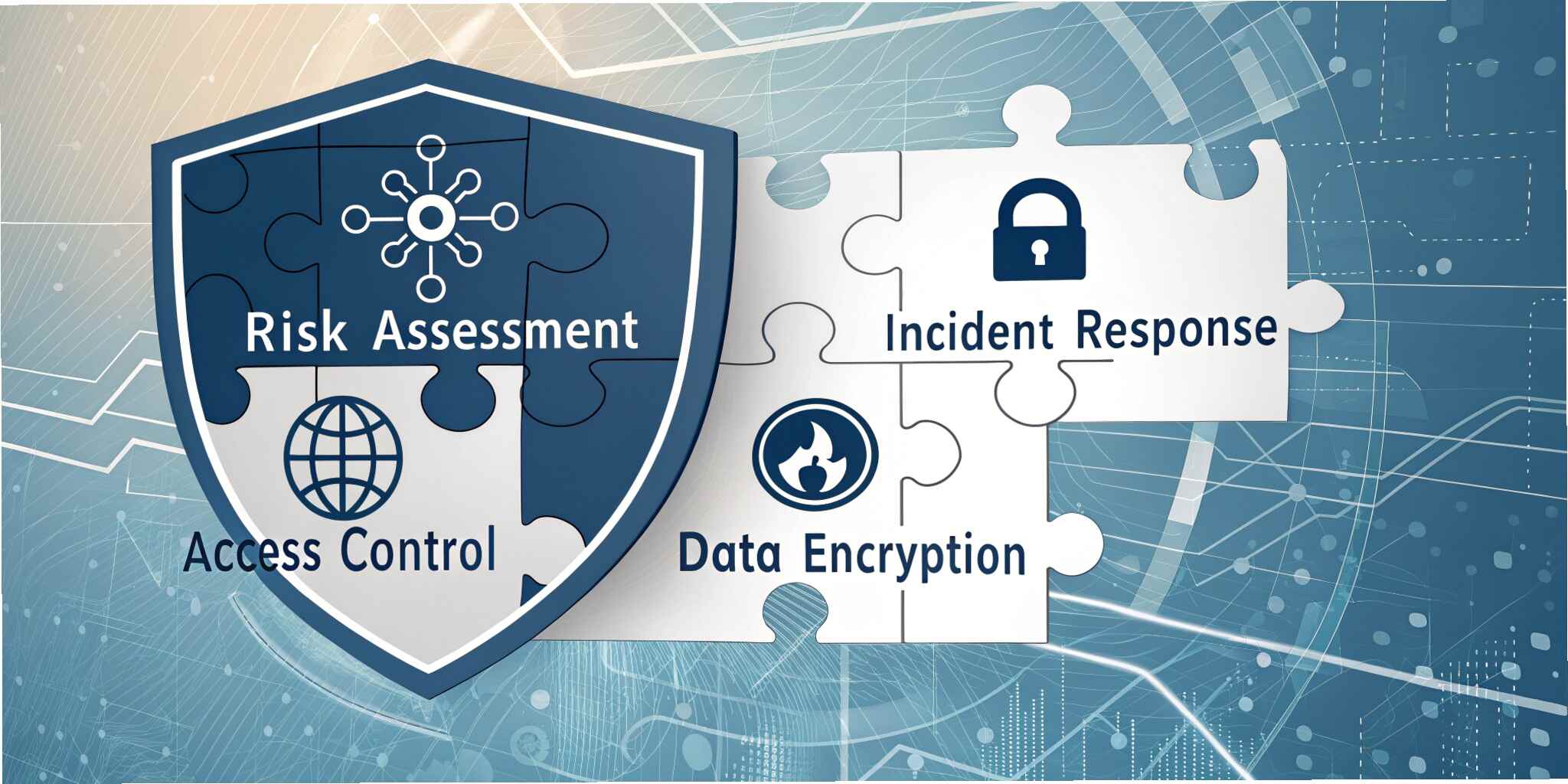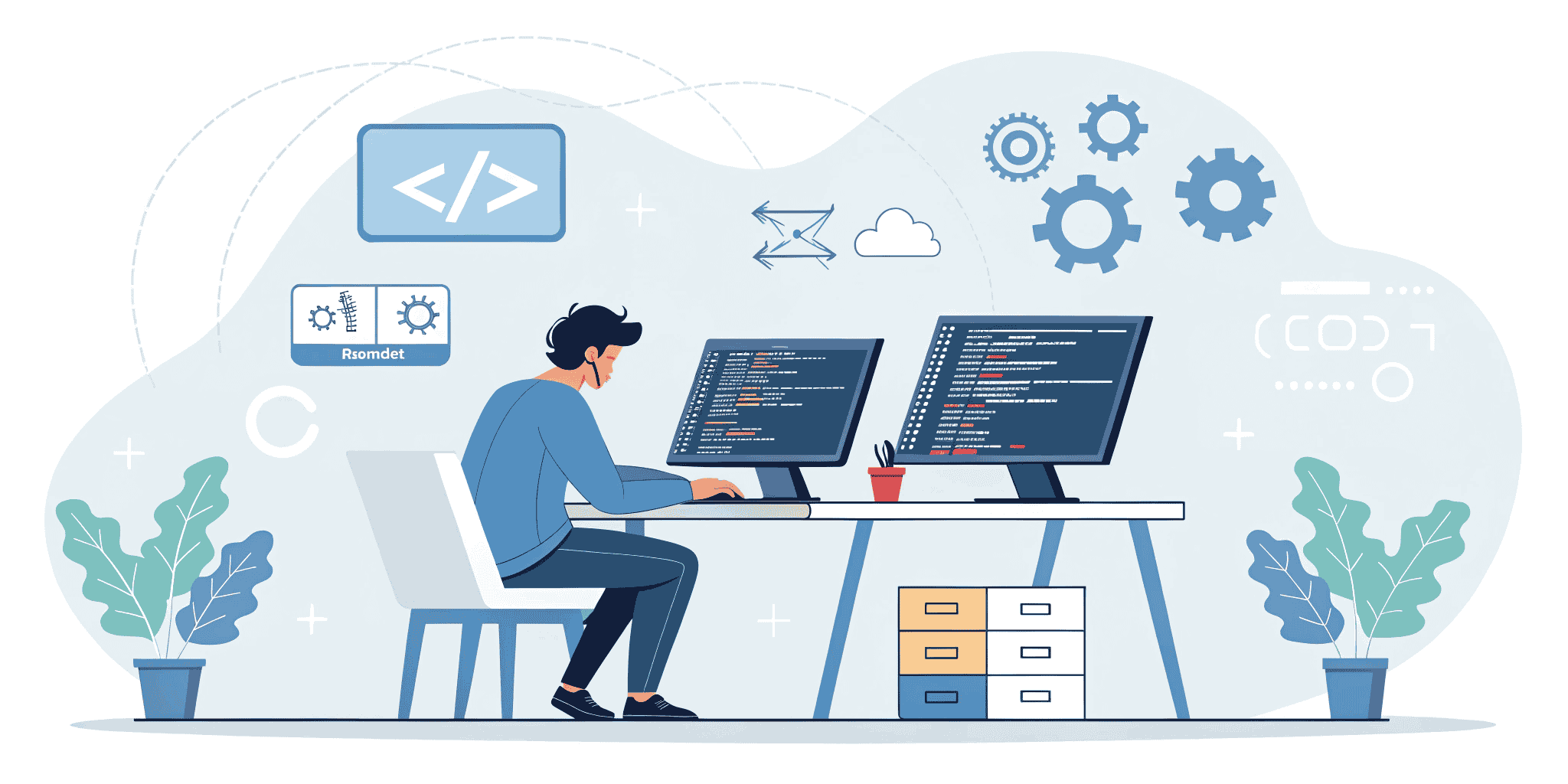Introduction
In today’s interconnected digital ecosystem, web applications are prime targets for cyberattacks. As threats evolve, the integration of cybersecurity frameworks into web development practices has become not just best practice—but essential.
What Are Cybersecurity Frameworks?
Cybersecurity frameworks are structured guidelines that help developers and organizations design secure systems. These frameworks offer standardized approaches to identifying, protecting, detecting, responding to, and recovering from security incidents.
Why Web Developers Should Care
Web developers often focus on performance, UX, and functionality, but overlooking security can lead to catastrophic consequences—from data breaches to legal penalties. Implementing a cybersecurity framework ensures:
- Compliance with regulations like GDPR and HIPAA
- Secure coding standards
- Reduced attack surface
- Enhanced trust with users
Top Cybersecurity Frameworks for Web Development
1. OWASP (Open Web Application Security Project)
- Use Case: Protect against the top 10 web vulnerabilities
- Benefit: Offers tools, cheat sheets, and best practices for secure coding
2. NIST Cybersecurity Framework (CSF)
- Use Case: Government and enterprise-level security strategy
- Benefit: Helps in risk management and incident response planning
3. ISO/IEC 27001
- Use Case: Information security management systems
- Benefit: Ensures organizational security compliance
4. CIS Controls
- Use Case: Practical security guidelines
- Benefit: Prioritized security steps for all business sizes
5. PCI-DSS
- Use Case: Handling credit card data
- Benefit: Mandatory for e-commerce websites and apps
Best Practices for Integrating Cybersecurity Frameworks
- Start security at the design phase
- Regularly audit code for vulnerabilities
- Educate developers on secure coding practices
- Adopt DevSecOps for CI/CD security integration
- Use secure frameworks and libraries (e.g., Django, Spring Security)
Future Trends in Cybersecurity & Web Dev
- AI-powered threat detection
- Zero trust architecture
- Secure-by-default frameworks
- Increased regulation and developer accountability
Conclusion
Cybersecurity isn’t a final step—it’s an ongoing responsibility in web development. Embracing frameworks like OWASP, NIST, and ISO isn’t just about avoiding threats—it’s about building digital trust in a vulnerable world. Developers who bake security into their projects early and often will lead the next generation of trusted web applications.


